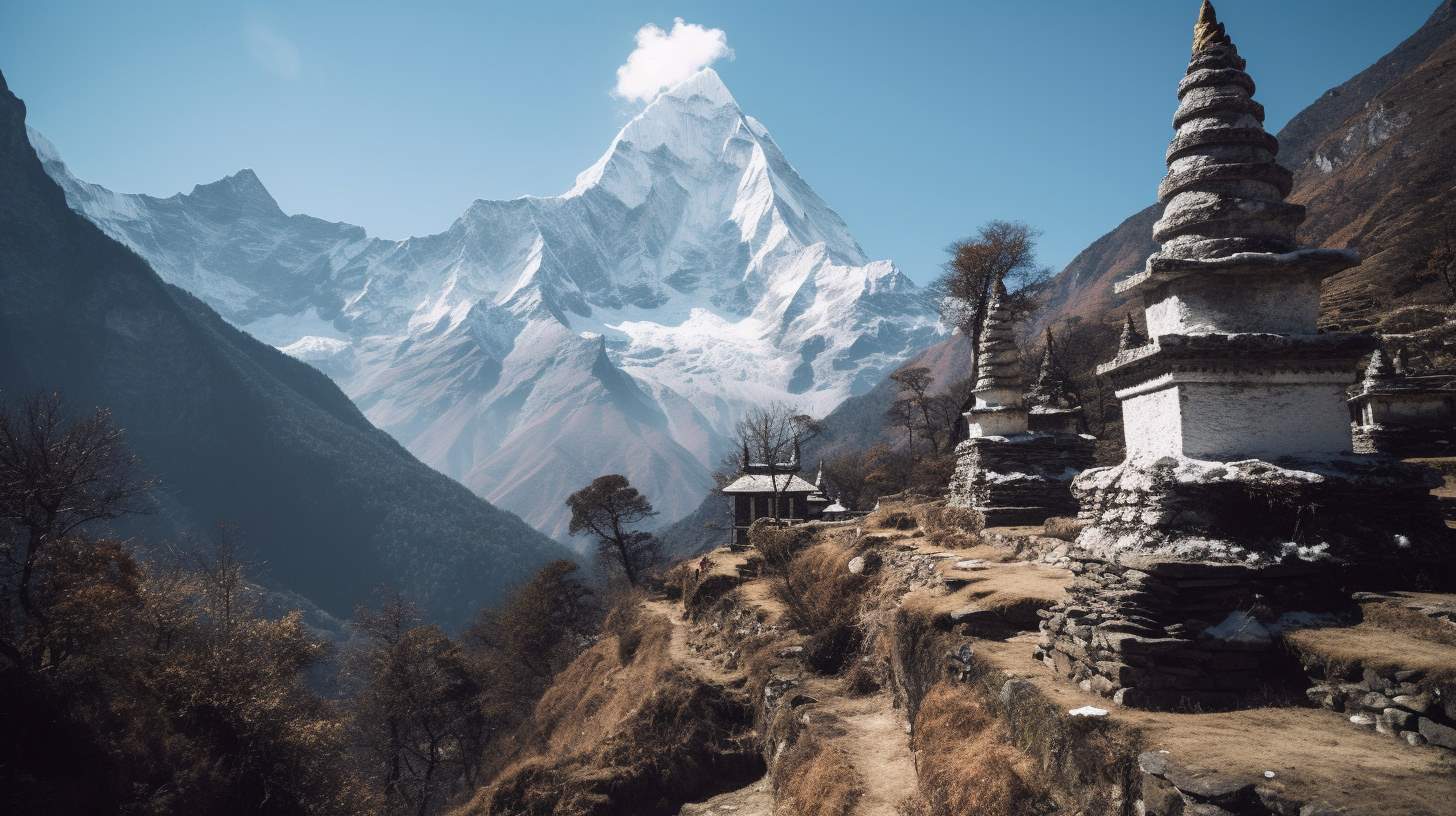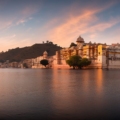Nestled majestically in the heart of the Himalayas, Mount Everest stands as the world’s tallest peak, captivating adventurers and nature enthusiasts alike. Beyond the awe-inspiring summit lies a region teeming with natural wonders, cultural richness, and unparalleled beauty. For tourists seeking a rendezvous with the mystique of Everest, here’s a guide to some breathtaking places around the legendary mountain.
1. Everest Base Camp Trek
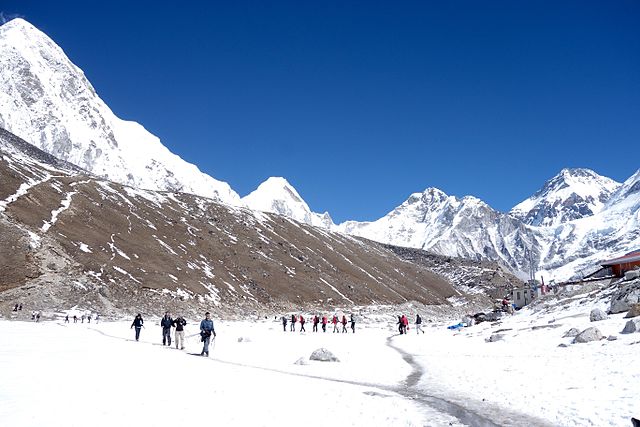
Embark on an epic journey to the Everest Base Camp, a pilgrimage for trekkers worldwide. The trail winds through picturesque Sherpa villages, rhododendron forests, and rugged terrain, offering spellbinding views of Everest and neighboring peaks. The thrill of reaching the base camp and standing at the foot of the world’s highest peak is an experience unlike any other.
2. Namche Bazaar
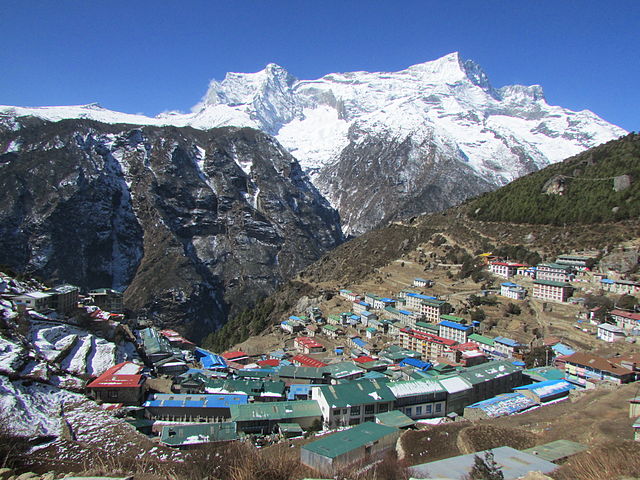
As the gateway to Everest, Namche Bazaar serves as a vibrant hub for trekkers and locals alike. This bustling Sherpa town offers a glimpse into the region’s culture with its markets, monasteries, and panoramic views of Everest. Visitors can immerse themselves in the local lifestyle, savor traditional Sherpa cuisine, and explore the surrounding trails.
3. Tengboche Monastery
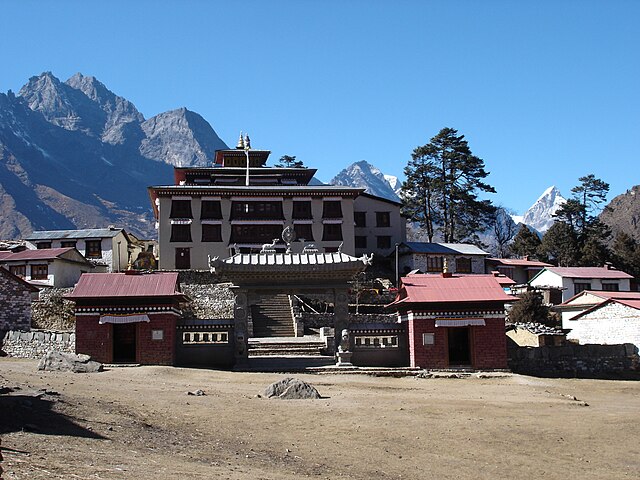
Perched on a hilltop with Everest looming in the backdrop, Tengboche Monastery is a spiritual sanctuary amidst the Himalayas. This ancient monastery, adorned with intricate murals and Buddhist artifacts, exudes serenity and offers a tranquil respite for weary travelers. Witnessing the monks’ prayers against the backdrop of Everest is a spiritually enriching experience.
4. Gokyo Lakes
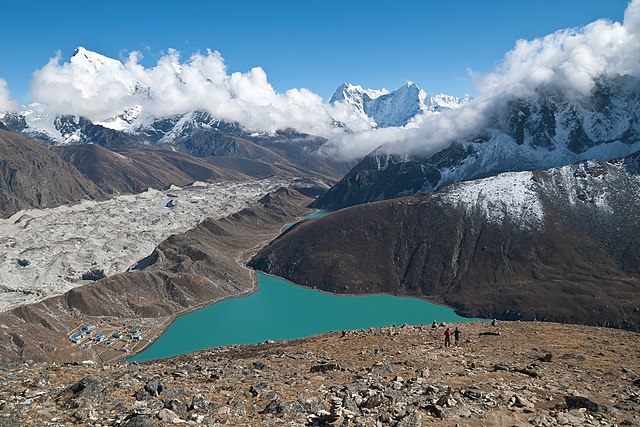
Nestled in the Everest region are the mesmerizing Gokyo Lakes, a series of turquoise alpine lakes set against the snow-capped peaks. The trek to Gokyo Lakes unveils breathtaking vistas, and the serenity of these pristine lakes is an ideal escape for nature lovers seeking solitude amidst nature’s grandeur.
5. Sagarmatha National Park

A UNESCO World Heritage Site, Sagarmatha National Park is a treasure trove of biodiversity and stunning landscapes. Home to rare wildlife like snow leopards, red pandas, and Himalayan thars, the park boasts diverse flora and fauna. Trekking through its trails rewards adventurers with awe-inspiring vistas and a chance to marvel at the region’s ecological wonders.
6. Kala Patthar
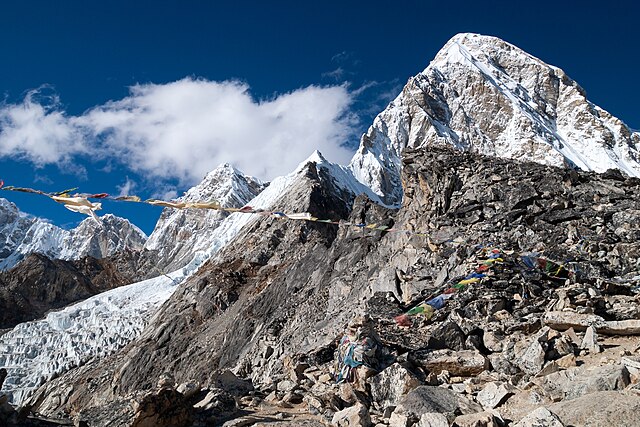
For an unparalleled panoramic view of Mount Everest, Kala Patthar is a must-visit vantage point. This lofty perch offers a mesmerizing sunrise view, painting Everest in hues of gold and pink, a sight etched forever in the memories of those who witness it.
Conclusion
The allure of Mount Everest extends far beyond its towering summit. The surrounding region beckons adventurers, trekkers, and culture enthusiasts to explore its majestic landscapes, delve into Sherpa heritage and forge unforgettable memories amidst nature’s grandeur. A visit to these awe-inspiring places around Everest is a journey of a lifetime, promising an adventure filled with beauty, spirituality, and unmatched serenity.
Frequently Asked Questions About Mount Everest and its Environs
1. What is the height of Mount Everest?
Mount Everest stands tall at an elevation of 29,032 feet (8,848 meters) above sea level, making it the highest peak on Earth.
2. Where is Mount Everest located?
Mount Everest is located within the Himalayas, straddling the border of Nepal and the Tibet Autonomous Region of China.
3. How can I reach Mount Everest Base Camp?
The most common way to reach Everest Base Camp is by embarking on a trekking expedition that starts in Lukla, Nepal. The trek typically takes around 12 days and involves traversing through picturesque villages and challenging terrain.
4. When should one plan a visit to Mount Everest for the best experience?
The optimal times to visit Everest and its surrounding areas are during the spring (March to May) and autumn (September to November) seasons. These periods offer stable weather conditions and clearer skies, ideal for trekking and enjoying the breathtaking views.
5. Is it possible to see Mount Everest without trekking?
Yes, there are options for viewing Everest without trekking. Scenic flights from Kathmandu, Nepal, provide aerial views of the Himalayas, including Mount Everest. Additionally, there are viewpoints like Kala Patthar that offer stunning panoramas accessible via shorter hikes.
6. Are there accommodation options along the trekking route to Everest Base Camp?
Yes, there are tea houses, lodges, and guesthouses along the Everest Base Camp trekking route. These accommodations provide basic amenities such as meals, shelter, and sometimes hot showers, making the trek more manageable for travelers.
7. Is it necessary to hire a guide or porter for the Everest Base Camp trek?
While it’s not mandatory, hiring a guide or porter can enhance the trekking experience. Guides offer valuable insights into the region’s culture, assist with navigation, and ensure safety. Porters can help carry luggage, easing the physical strain on trekkers.
8. What permits are required to trek in the Everest region?
Trekkers need permits, such as the Sagarmatha National Park Entry Permit and the TIMS (Trekkers’ Information Management System) card, to trek in the Everest region. Additionally, for those trekking beyond Namche Bazaar, a special permit for the Everest region is required.
9. What are the major risks or challenges of trekking to Everest Base Camp?
Altitude sickness, unpredictable weather, and challenging terrain are some of the primary risks associated with trekking in the Everest region. Proper acclimatization, adequate preparation, and following experienced guides’ advice can help mitigate these risks.
10. Are there other attractions near Mount Everest besides trekking?
Yes, apart from trekking, visitors can explore cultural sites like monasteries (such as Tengboche Monastery), serene lakes like the Gokyo Lakes, and the rich biodiversity in Sagarmatha National Park.
11. Can anyone climb Mount Everest?
Technically, anyone with proper physical fitness, mountaineering experience, and a permit can attempt to climb Mount Everest. However, climbing Everest requires extensive preparation, training, and often significant financial investment.
12. What’s the usual duration for ascending Mount Everest?
The duration varies based on the chosen route, weather conditions, and the climber’s experience. Typically, it takes around 6-9 weeks for a full expedition, including acclimatization periods and ascent attempts.
